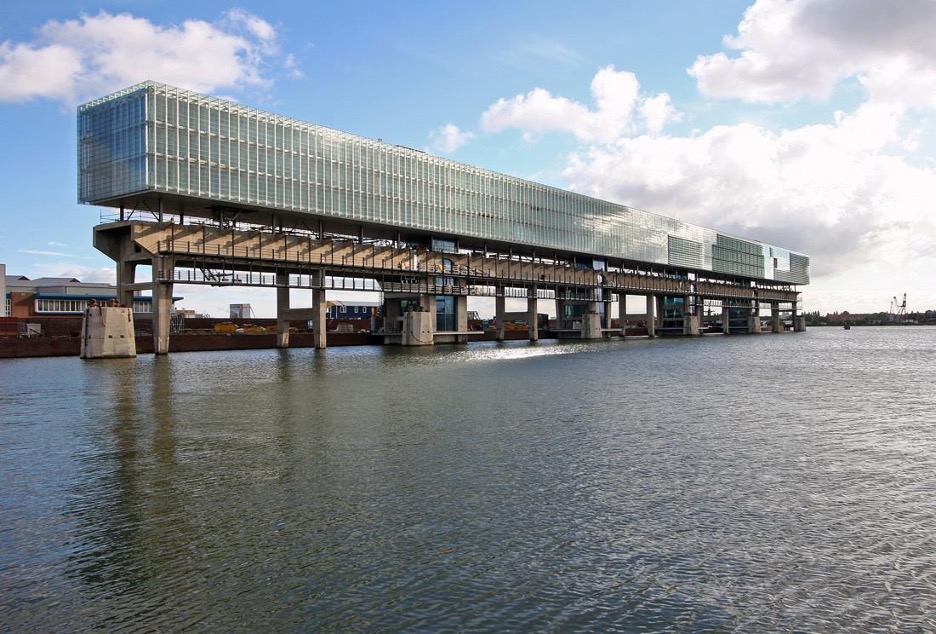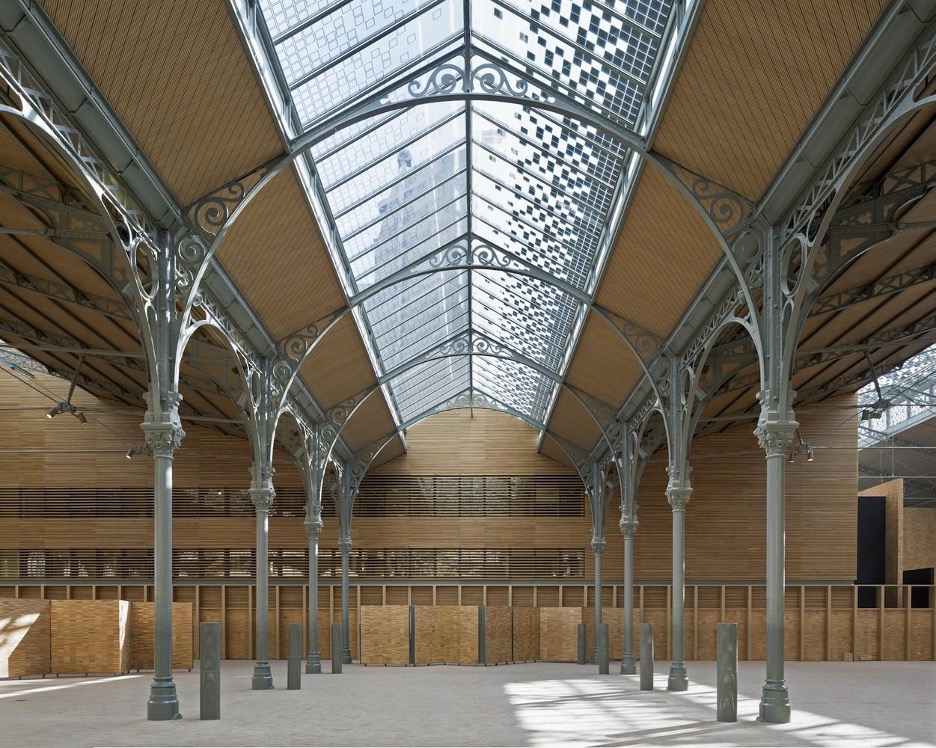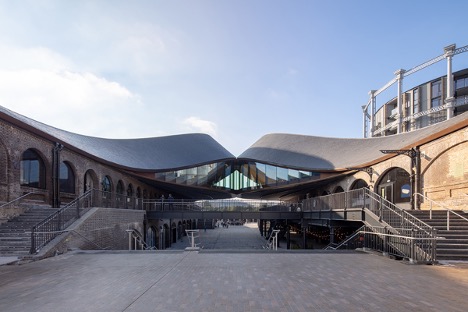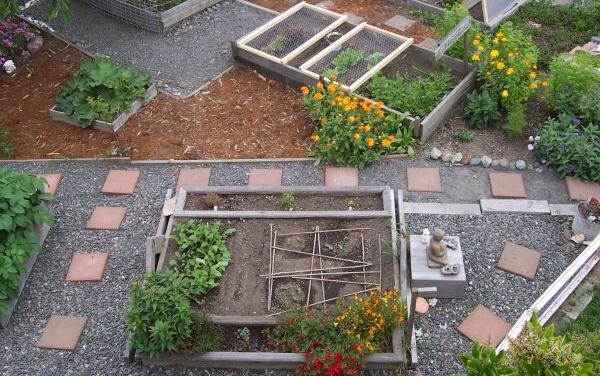The urgent need to renovate
17% of the French housing stock can be considered as “very energy intensive”. With this in mind, renovation is now a cross-sectoral priority – both at a national and European level, with the impact expected to be felt environmentally, socially and economically. The climate emergency is often cited as the construction industry represents 36% of greenhouse gas emissions in Europe and France has more than five million leaky homes. The issue of thermal comfort too cannot be overlooked, especially when 50% of Europe’s final energy consumption is intended for heating and cooling. Air quality is also a key concern, with WHO estimating that 100,000 premature deaths are caused by poor quality housing annually in Europe. Finally, in economic terms, the renovation sector could provide work for 760,000 to 1,480,000 jobs in Europe, depending on the level of investment.
RenovTech: the next tech industry frontier?
Renovation needs are such that accelerating environmental assessments and renovation plan design is now a priority. Artificial intelligence could prove to be an effective ally. This is the aim behind the RENOVAITE consortium (Leonard – VINCI – Groupe Action Logement – OFFIS lab – ALEIA) which will rely on construction-related data (BIM – Satellite, photogrammetry, etc.) and AI solutions to offer interoperable solutions for renovation services.
BIM also offers great prospects in terms of renovation assistance. Just look at the reality capture work carried out at Villa Majorelle, an emblem of Art Nouveau architecture in France.
The appeal of Low-Tech, bio-based materials and off-site construction
Energy renovation is known to be expensive. However, lightweight solutions are being developed to overcome this. Take 2nd SKIN, a project carried out jointly by the Delft University of Technology and the start-up BIK bouw, which offers a low-cost second skin which is installed at minimal disruption to occupants. Tested on 12 homes, the technology gives savings of 8,059 kg of CO2 equivalent per year and per home.
Bio-based second skins assembled off-site also won over the jury of EnergieSprong, a programme dedicated to scaling up “zero-energy” renovation solutions. Among them is ActivPaille, which creates panels made from compressed straw, a particularly insulating material. Meanwhile, Element’r offers modular metal frames. As for the jury’s favourite, the Manteau dynamique climatique (literally, “dynamic climate coat”) combines parietodynamic joinery, straw insulation and aerovoltaic panels!
Developed within the VINCI group, the Rehaskeen solution uses off-site manufacturing of facades and a patented ultra-fast installation system. What are the objectives? To guarantee a shorter construction site and reduced nuisance for users during the works.
Public actors’ huge ambitions
At a European level, political will seems real and ambitions high. As part of the Green Deal and the Fit for 55 proposal package, the European Union has set the goal that all new buildings must be zero-emission by 2030. As for renovations, the goal is to renovate 15% of the worst performing buildings in terms of energy consumption. The latter must also obtain at least a Grade F in the Energy Performance Certificate. “We need to do something about this urgently, as over 85% of today’s buildings will still be standing in 2050, when Europe must be climate neutral,” explains Kadri Simson, Commissioner for Energy.
The incentive for renovation can be seen in a wide range of measures:
In France, the Habiter la France de demain plan (literally, “Living in the France of the future”) offers the MaPrimeRenov premium to individuals. Meanwhile, the France Relance stimulus package sees a €4 billion allocation for renovating the country’s housing stock. This represents 61,000 buildings for the education sector alone.
In Europe, projects such as Rezbuild (which aims to promote a collaborative refurbishment ecosystem on a European scale), BUILD UPON² (whose aim is to provide European cities with an “analytical framework” for measuring the effectiveness of their renovation policy), SHEERenov (which supports the Bulgarian government in renovation planning) and RenOnBill (which offers innovative financing options) are looking to structure the renovation industry.
A quick look at the IEA policies database on renovation shows that the vast majority of renovation measures are currently mainly in Europe.
Watch out for the rebound effect!
Apart from the technical and methodological aspects, the behavioural dimension remains fundamental when seeking to measure the environmental impact of renovation efforts. For example in Germany, building energy use remains stable, despite major investment. It’s called the rebound effect: when insulation is effective, inhabitants will favour comfort, and heat to a higher temperature.
In pictures: industrial spaces getting a second life
Energy and comfort are not the only reasons behind renovation. By limiting the use of space for new builds, renovation is in line with the zero net artificialisation objective. In France, the €750 million brownfields fund should generate 3,400,000 m² of housing and more than 1,600,000 m² for business and industrial activity, without any soil artificialisation. Meanwhile in Europe, the Ginkgo project launched in partnership with Edmond de Rothschild pursues the same ambitions.
Let’s take a look back at some of the most beautiful industrial rehabilitation projects of recent years:
Kraanspoor in Amsterdam was built on an old concrete crane way on a former shipyard.

Le Carreau du Temple in Paris used to be an indoor market.

Coal Drops Yard in London is built in an old railway building.

Making renovation a part of construction culture
The question of skills is central to bringing out a culture of renovation that is still largely lacking in the construction industry.
Incubated at Leonard, La Solive offers practical and intensive professional training courses for those looking for a career change, to train experts in heating systems and insulation or energy renovation project managers. These certified vocational training courses have a 100% job guarantee in an industry short on talent. Similar training opportunities are also emerging at the AFPA and at Le Moniteur.
Technical, social, political and cultural… The topic of building renovation touches on the topic of the end of the world, as well as that of the end of the month. It concerns individuals, institutions and professionals, requires collective momentum and, in the words of Barbara Pompili, French Minister for Ecological Transition, “for this culture of renovation to be embedded in our national model.”
This article was published as part of the Leonard newsletter. Subscribe to receive future ones by following this link.
Featured image by Valeriy Kryukov on Unsplash


